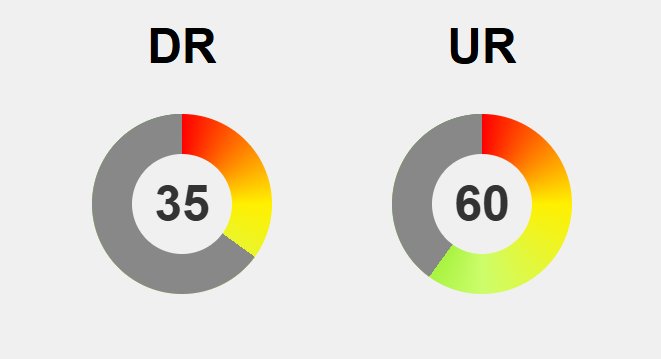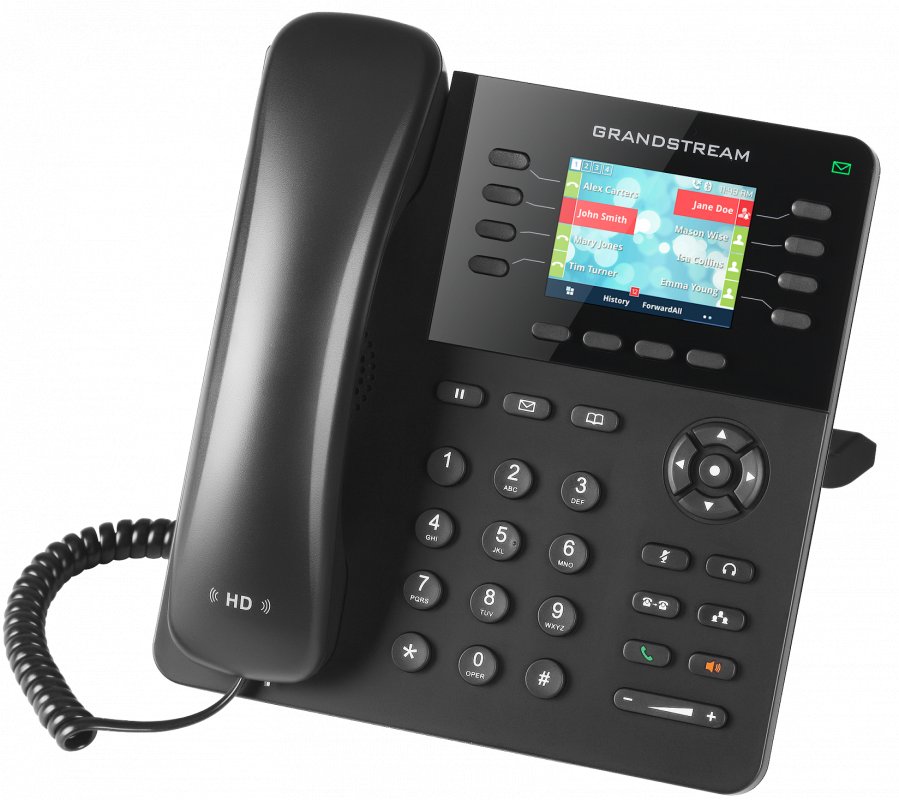Choosing the ideal jogging style hinges on understanding how each method uniquely benefits your body and mind—so, which approach aligns best with your fitness goals and lifestyle? From quick, space-saving jogging in place to the invigorating variety of outdoor runs and the controlled comfort of treadmill workouts, each offers distinct advantages. Outdoor jogging boosts mental well-being with scenic views and terrain challenges, while indoor options allow precise control and safety. But how do you decide which method to stick with for long-term results? The answer lies in balancing your goals—whether burning calories, reducing stress, or improving endurance—and your personal circumstances. Emerging technologies such as wearable devices, virtual environments, and AI-driven coaching are transforming jogging into more personalized, engaging experiences. Could these innovations make movement more inspiring and sustainable? Exploring these trends reveals a future where jogging becomes not just exercise, but a tailored journey toward holistic health.
Discover the Versatile World of Jogging Styles to Fit Your Lifestyle
Jogging isn’t just one activity; it’s a versatile movement that can be adapted to fit many lifestyles and fitness goals. From quick warm-ups at home to scenic outdoor runs, the way you jog can vary greatly depending on your schedule, environment, and personal preferences. Each style offers unique benefits, making it easy to find an approach that feels natural and enjoyable, rather than like a chore.
Starting with jogging in place, this method requires no equipment or space—just a bit of motivation. It’s perfect for busy mornings or quick breaks, helping you get your heart pumping without leaving the comfort of your home. While it doesn’t replicate the full motion of outdoor running, it still elevates your heart rate and keeps your metabolism active, making it a handy option for maintaining consistency on tight days.
Outdoor jogging, by contrast, taps into the natural environment. Running outside offers fresh air, scenic views, and terrain variation that can make workouts more engaging. The different surfaces—pavement, trail, grass—challenge your muscles differently and add a layer of complexity that indoor routines can’t match. Plus, the mental boost from being in nature is hard to beat, making outdoor running a favorite for those seeking stress relief and mood enhancement.
Indoor treadmill workouts strike a balance of control and convenience. With adjustable speeds, inclines, and cushioning, treadmills allow you to tailor your session to your goals while minimizing joint impact. They’re especially useful when weather or safety concerns limit outdoor activity. Modern treadmills also provide tracking features that help keep you motivated and monitor your progress, turning routine runs into more precise and effective workouts.
Choosing the right jogging style depends on your personal goals and lifestyle. Whether you prioritize calorie burning, mental clarity, or simply fitting activity into a busy schedule, there’s a method that can work for you. Exploring different options and listening to how your body responds can help turn jogging from a mere exercise into a sustainable, enjoyable habit. The key is to find what fits your life best and stick with it, so movement becomes a natural, rewarding part of your daily routine.
Tracing the Evolution of Jogging Techniques from Past to Present
Jogging has evolved significantly from its simple beginnings as an outdoor activity to the diverse range of techniques we see today. Originally, most people relied on outdoor running, taking advantage of parks, streets, and trails to stay active. As awareness of fitness grew, jogging became more structured, leading to variations tailored to different environments and personal goals. This shift made jogging accessible to a broader audience and encouraged innovation in how we approach cardio exercise.
One of the earliest adaptations was jogging in place, which gained popularity for its convenience. This method requires no equipment or space, making it perfect for quick workouts, warm-ups, or maintaining activity during busy days. While it doesn’t fully mimic outdoor running’s forward motion, it still elevates your heart rate and promotes circulation, offering a practical solution when time or space is limited. Its low-impact nature makes it especially appealing for beginners or those managing joint concerns.
Outdoor jogging, on the other hand, has deep roots in recreational fitness and community running culture. Running outside allows you to enjoy fresh air, scenic views, and terrain variation—factors that keep workouts engaging and mentally refreshing. Different surfaces like pavement, trail, or grass challenge muscles differently, helping prevent boredom and plateaus. The natural resistance from wind and uneven ground can boost calorie burn and endurance, making outdoor running both effective and enjoyable despite weather or safety considerations.
The advent of treadmill jogging marked a major innovation in indoor fitness. Modern treadmills offer adjustable speeds, inclines, and cushioning, creating a controlled environment that minimizes injury risk and ensures consistent pacing. They’re especially useful for structured training, interval workouts, or when outdoor conditions aren’t ideal. Treadmills also provide precise tracking of progress, motivating users to push their limits safely and efficiently. This indoor option has made jogging more accessible year-round, regardless of weather or daylight.
Today, these different methods reflect a broader effort to adapt jogging to various lifestyles and needs. Whether you prefer the simplicity of jogging in place, the natural challenge of outdoor runs, or the controlled environment of a treadmill, each has unique advantages. Understanding how these techniques developed helps you choose the right approach for your goals, environment, and preferences. Exploring and combining them can keep your routine fresh, effective, and sustainable, turning jogging into a versatile and rewarding part of your fitness journey.
Select the Perfect Jogging Method to Achieve Your Fitness Goals
Choosing the right jogging style depends on your personal goals and daily routine. If shedding pounds or boosting cardiovascular fitness is your priority, outdoor jogging or treadmill workouts are usually the best options. Longer runs or interval sessions help maximize calorie burn and build endurance, while varying terrain can challenge your muscles differently. But if your focus is on mental health—reducing stress, clearing your mind—outdoor running offers unique benefits. Being in nature, with fresh air and scenic views, can turn exercise into a calming, mood-boosting experience.
For busy schedules or limited outdoor space, jogging in place or using a treadmill can fit more easily into your day. Quick sessions at home or during lunch breaks still add up to meaningful health gains. Short, consistent workouts are often more sustainable than trying to squeeze in lengthy runs, making it easier to stay committed over time. The key is selecting a style that aligns with your lifestyle, so exercise feels natural rather than burdensome. When you enjoy your routine, consistency follows more effortlessly.
Your physical comfort and any health concerns should also influence your choice. If joint pain or mobility issues are a concern, low-impact options like jogging in place or treadmill workouts can help you stay active without risking injury. Conversely, outdoor jogging on softer surfaces like grass or trails tends to be gentler on joints, but requires mindful navigation of uneven terrain. Listening to your body and choosing a method that feels sustainable will support long-term adherence and enjoyment.
Motivation plays a big role, too. Some find outdoor running more inspiring because of the scenery and fresh air, which can lift spirits and make workouts feel less like a chore. Others prefer indoor options for their convenience and privacy, especially when weather or safety is an issue. The best approach combines what you enjoy with what fits your schedule—when jogging feels enjoyable, it’s easier to turn it into a regular habit. Finding that balance makes movement a natural part of your life rather than an obligation.
Lastly, be flexible. Your goals and circumstances may evolve, so don’t hesitate to mix different styles over time. You might start with indoor treadmill runs and later discover you prefer outdoor trails, or vice versa. The important thing is to choose methods that keep you motivated and engaged. When exercise aligns with your lifestyle, it becomes less of a task and more of a rewarding routine that supports your health, mental clarity, and overall well-being.
exploring different jogging methods can keep your routine fresh and engaging. For more insights on how to tailor your fitness journey, consider checking out this comprehensive guide on jogging tips to help you stay motivated and achieve your goals effectively.
Uncover the Physical and Mental Benefits of Different Jogging Styles
Different jogging methods each bring their own unique set of physical and mental health benefits, making it easier to find a style that truly aligns with your goals. Outdoor jogging is well-known for its positive impact on cardiovascular health and calorie burning. Running outside not only strengthens your heart and lungs but also helps shed excess weight, especially when you incorporate varied terrain. The natural environment can boost mood and reduce stress, as exposure to sunlight, fresh air, and scenic views creates a calming effect that clears the mind and lifts spirits.
Indoor jogging, particularly on a treadmill, offers a controlled setting that supports consistent and safe training. Modern treadmills with adjustable speeds and cushioning reduce impact on your joints, making them ideal for injury prevention and recovery. Tracking features help monitor your progress, motivating you to push further and stay committed. This method allows for precise control over pace and intensity, which is especially helpful for structured workouts like interval training or targeted endurance building.
Jogging in place is perhaps the most accessible form, requiring no equipment or space—just a bit of motivation. Despite its simplicity, it effectively elevates your heart rate, improves circulation, and keeps your metabolism active, making it a practical option for busy days or small spaces. Its low-impact nature minimizes joint stress, making it suitable for beginners or those managing mobility concerns. Regularly practicing jogging in place can support your overall cardiovascular health without needing a dedicated workout area.
Beyond the physical, each style offers mental health benefits. Outdoor jogging often leads to mood improvements and stress relief through the calming effects of nature and outdoor scenery. Indoor options, by creating a distraction-free environment, can foster mindfulness and help focus on breathing, which also alleviates anxiety. Both approaches contribute to building mental resilience, but choosing a style you enjoy increases the likelihood of sticking with your routine long-term.
In terms of injury prevention, softer outdoor surfaces like grass or trails reduce joint impact, but require careful navigation. Treadmills provide a consistent, cushioned surface that minimizes injury risk, supporting steady progress. Jogging in place, with its low-impact profile, further decreases the chance of strain, making it a safe choice for all fitness levels. Mixing these methods not only enhances physical benefits but also keeps your routine varied and engaging, preventing boredom and plateaus.
Ultimately, each jogging style supports different aspects of health—whether it’s building endurance, burning calories, or enhancing mental clarity. Combining outdoor runs, treadmill sessions, and in-place jogging creates a balanced approach that maximizes benefits while keeping your routine fresh. Recognizing what each method offers helps you tailor your fitness journey, making jogging a sustainable, enjoyable part of your lifestyle that promotes both body and mind.
Explore Future Trends Transforming the Jogging Experience with Technology
Emerging technologies are reshaping how we approach jogging, making workouts more personalized, engaging, and data-driven. Wearable devices like smartwatches and fitness trackers now offer real-time feedback on heart rate, pace, and calories burned, helping runners fine-tune their routines and stay motivated. These tools also analyze gait and monitor recovery, providing insights that can prevent injuries before they happen. With this data at their fingertips, joggers can make smarter decisions about training intensity and duration, leading to safer and more effective workouts.
Apps that incorporate GPS and route planning are expanding outdoor running possibilities. They enable users to discover scenic trails, set customized goals, and participate in virtual races or challenges that foster community and accountability. Some platforms even offer virtual coaching, guiding users through tailored training plans that adapt as they improve. This blend of technology and social connection turns solitary jogging into a motivating, interactive experience, helping enthusiasts stay committed and inspired.
Smart shoes embedded with sensors are beginning to hit the market, providing detailed analysis of stride, cadence, and impact. These shoes sync with connected devices, offering instant feedback to improve running form and reduce injury risk. AI-powered training platforms are also emerging, crafting personalized workouts based on biomechanics and performance history. These innovations make it easier than ever to optimize routines, track progress accurately, and stay motivated over the long haul.
Virtual and augmented reality are set to redefine indoor jogging, creating immersive environments that mimic outdoor landscapes. Imagine running through scenic mountain trails or bustling city streets from your living room, with visuals and sounds that keep you engaged. Such technology can make indoor workouts more appealing, especially during bad weather or safety concerns, blending physical effort with digital entertainment in a seamless way.
As these smart tools become more accessible and affordable, they’re setting a new standard in fitness. The integration of AI, wearable tech, and immersive environments aims to make jogging safer, more effective, and more enjoyable. These innovations encourage consistent activity by removing common barriers like boredom, injury fears, or environmental limitations, transforming exercise into a truly engaging experience.
Looking ahead, the focus shifts toward creating interconnected ecosystems where devices and platforms communicate effortlessly. This connectivity allows for long-term progress monitoring, automatic adjustments to training plans, and early alerts for potential health issues. The goal is to make fitness not just reactive but proactive, supporting sustained motivation and better health outcomes through smarter, more personalized guidance.
For joggers eager to stay ahead, embracing these advances offers exciting opportunities. Whether through smarter gear, virtual landscapes, or AI-driven coaching, the future promises a more interactive, safer, and enjoyable fitness journey. Staying open to these trends can help you adapt your routines, keep things fresh, and turn movement into an even more rewarding part of your lifestyle.






